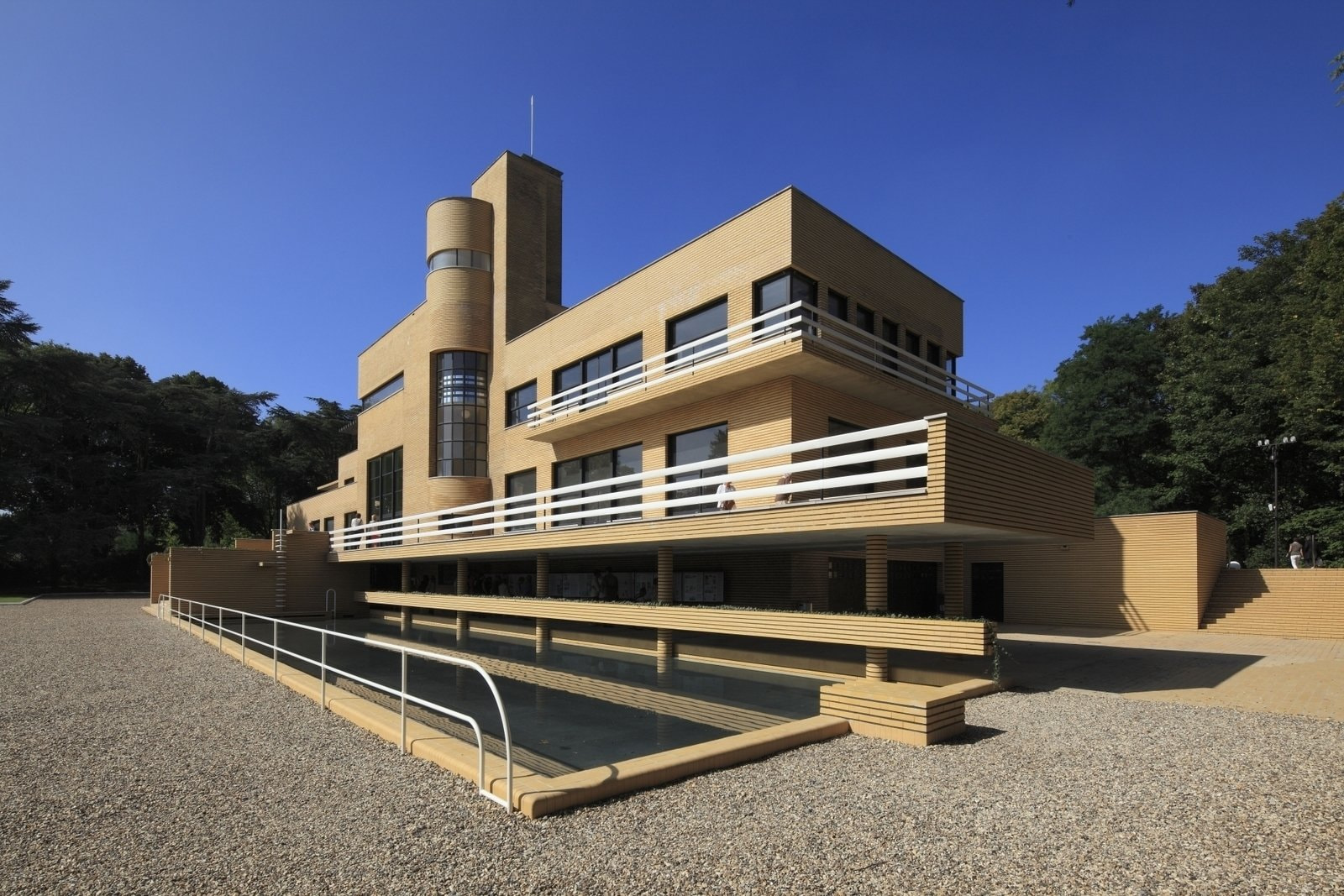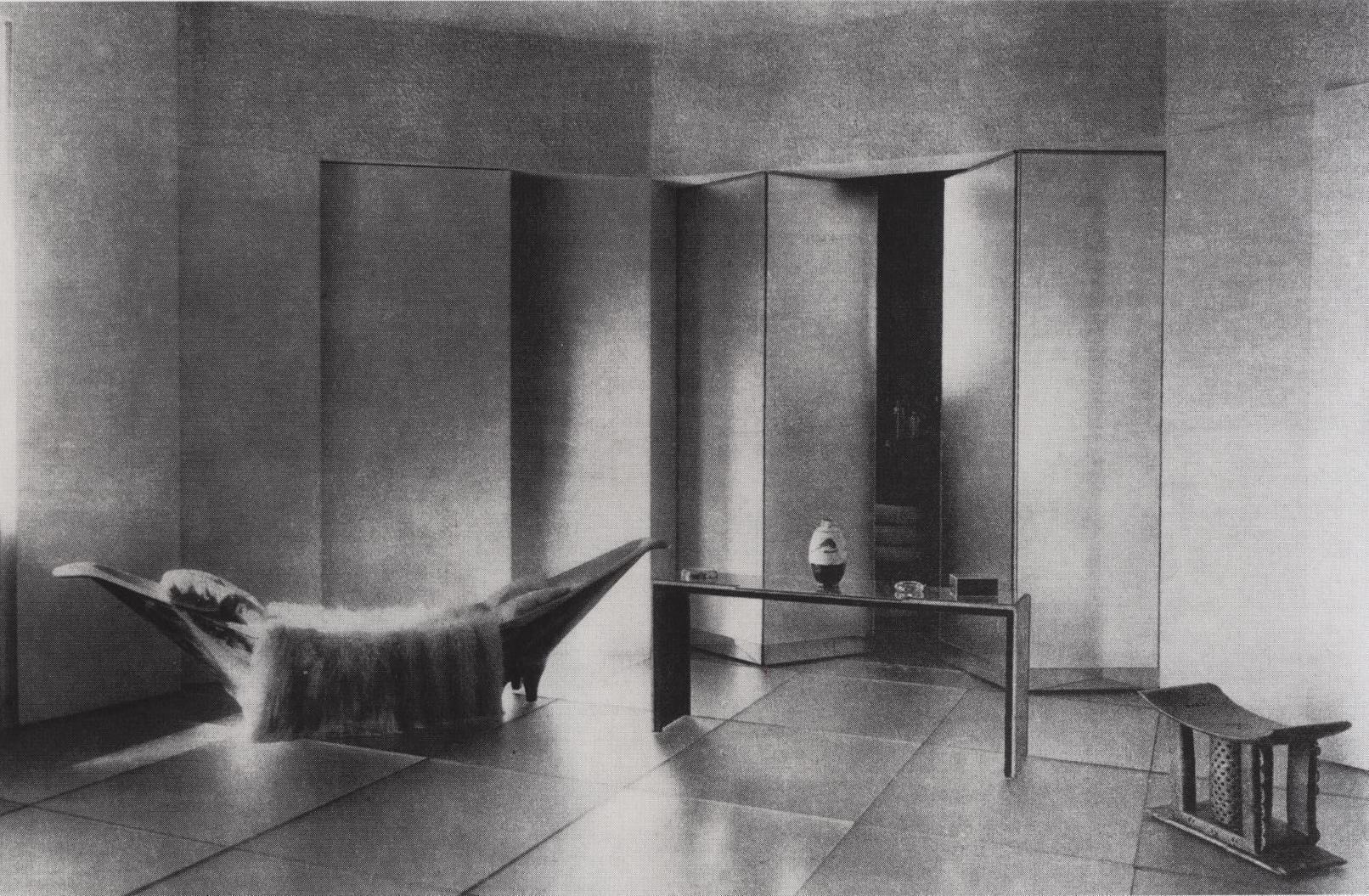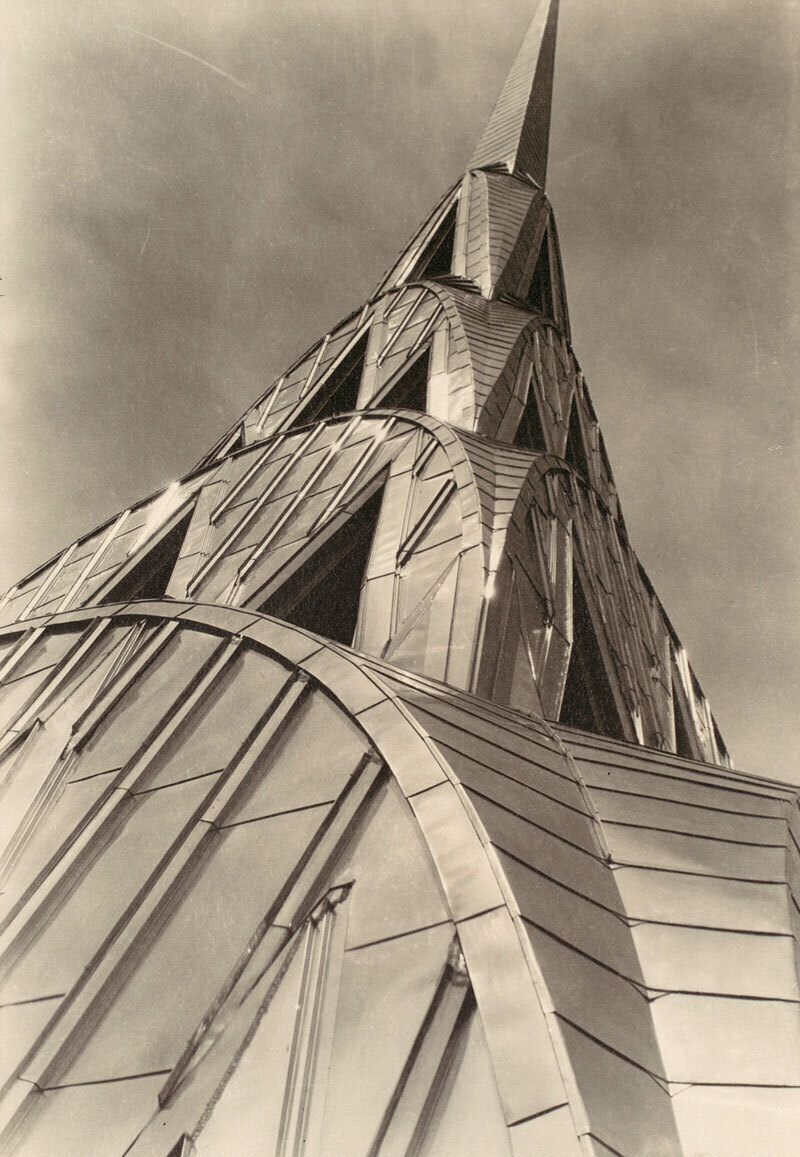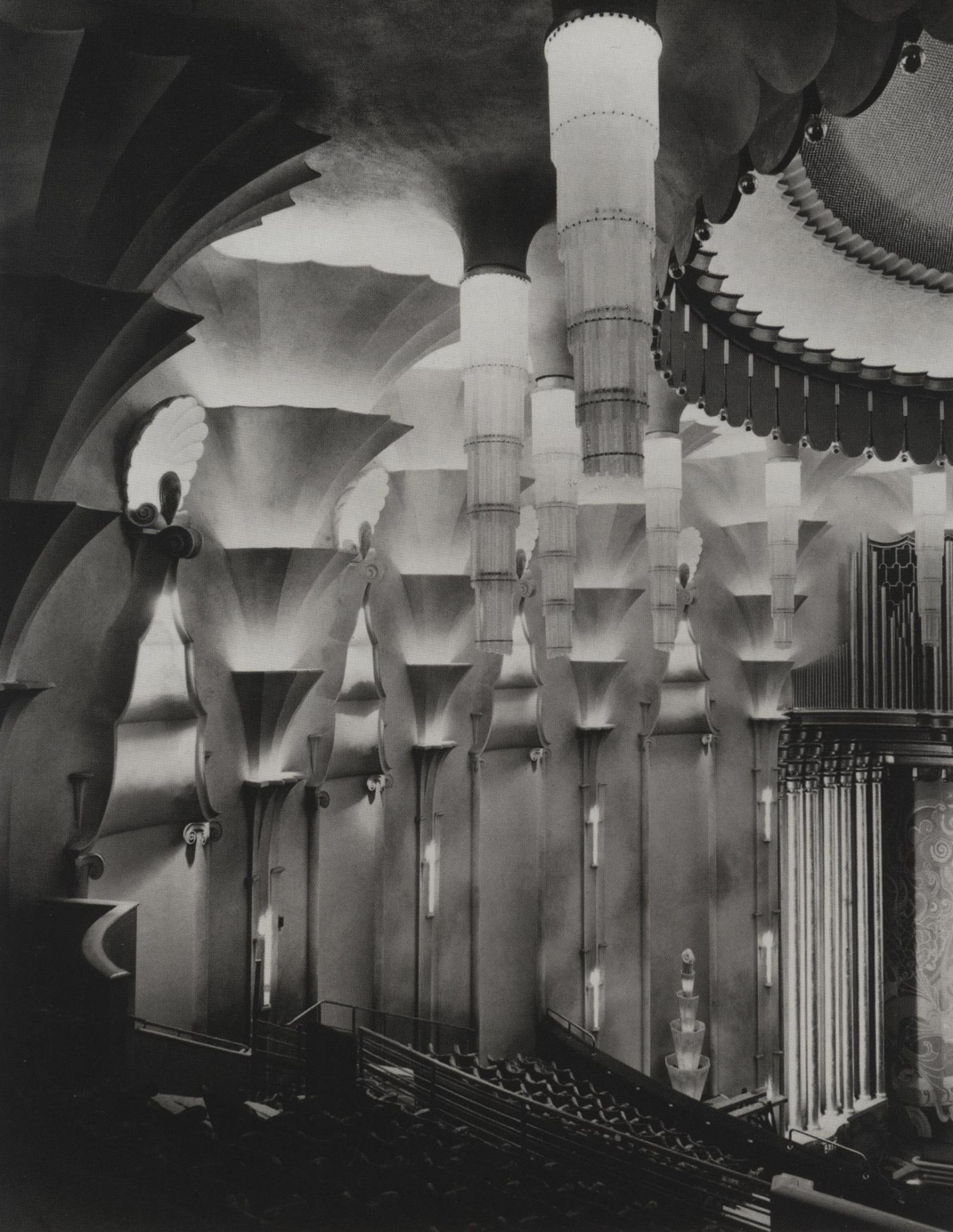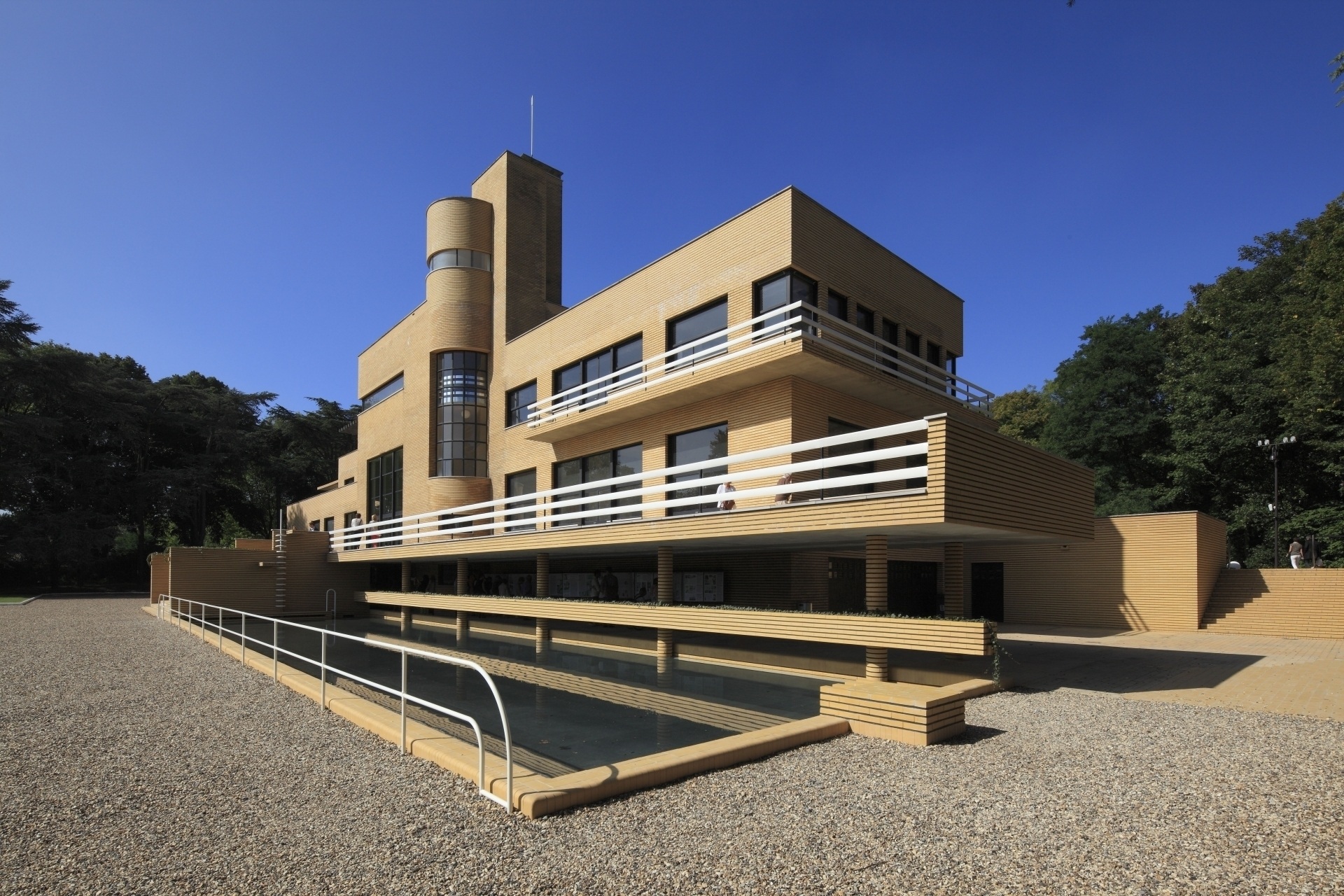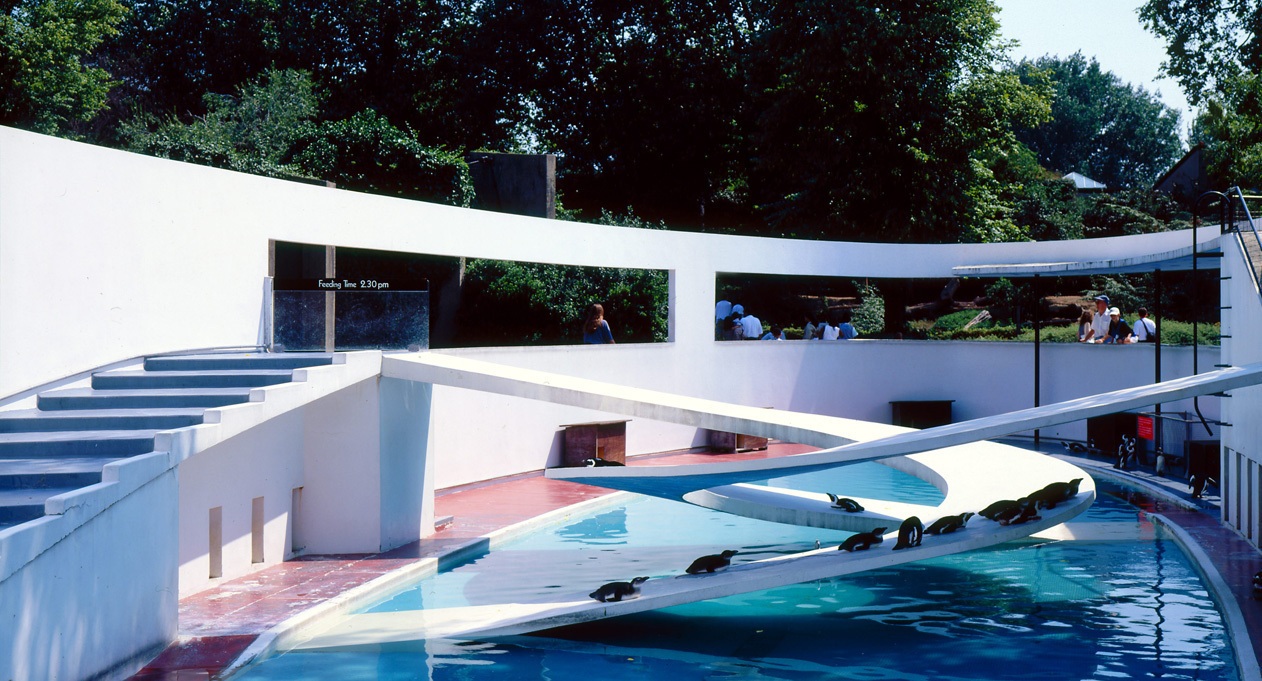In the peaceful Europe of the 1920s, optimism was on the rise and the eye-catching Art Deco buildings reflected the general mood. The style would soon conquer America, and reach its highest point in the design of the New York’s Chrystler Building.
Initially in Europe, few appreciated the uncluttered aesthetics of early Modernism. But the “Roaring Twenties,” which came after the severe postwar years, required modern but elegant scenery. The answer to this social request was given at the International Exhibition of Decorative Arts and Industry held in 1925 in Paris. The new style, known as Art Deco and presented at the exhibition not only in design works but also in architecture and the decoration of pavilions, swiftly became popular. Streamlined shapes and sculptural compositions, contrasting combinations of materials, spectacular decorative motifs, the most characteristic of which was the rising sun, spread not only over Europe, but also over the New World, reaching its architectural peak in the Chrysler Building in New York.
This lecture will include the works of Robert Mallet-Stevens, Eileen Gray, and Berthold Lubetkin.
